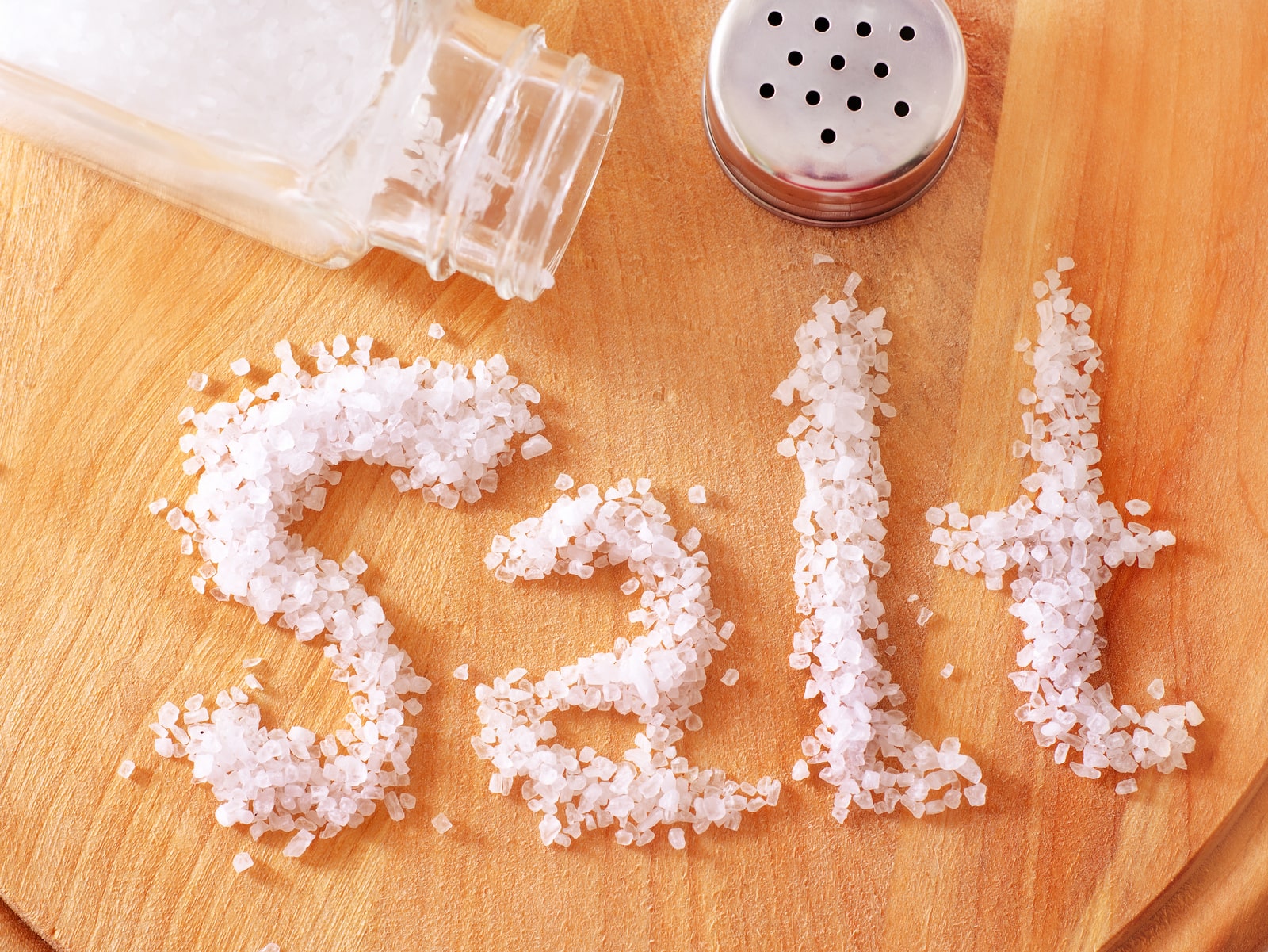Salt, salt and more salt

We usually only think of salt as something to add to our meals or something that we must not have too much of, but it is actually a mineral that is essential to the human body. In moderation of course. Salt sharpens the flavour of our dishes and helps stimulate the tastebuds, making your food tastier. Did you know that because salt is a mineral and not a spice it will never lose its flavour over time like spices and herbs do? Though some salts mentioned below are a healthier option than classic salt, research shows that too much salt can lead to a host of health problems. Moderation is key!
So what’s the difference between regular salt, sea salt and other fancy salts?
Regular table salt may come from rock salt, a natural salt deposit in the earth, or from evaporated sea water. When it’s labeled sea salt, you know it came from sea water. Once both types have been cleaned up and purified, there’s really no chemical or nutritional difference between the two. Whenever you have a fine-grained salt, an anti-caking agent is usually added. Here is a list of the most common salts.
- Table Salt (Fine Salt): Fine table salt is just what it sounds like, fine salt. This is probably the most common type of salt that we generally use to fill our saltshakers at home. In almost all recipes when salt is called for this is what is meant. Because it has fine, evenly-shaped grains fine salt it can be easily measured when you need a precise amount of salt. This salt contains anti-caking agents and iodine.
- Coarse Kosher Salt: This salt received its name because it is commonly used when preparing kosher meat. Because it has larger, irregular-shaped and coarser crystals than regular salt, it does a better job of drawing out the blood of the animal, which is required of kosher meat before cooking. The distinguishing factor of kosher salt is that it is chunky or coarse.
- Flaky Finishing Salt: Maldon salt immediately comes to mind. Unlike table salt and kosher salt, which have even shapes to their crystals, finishing salt has been allowed to form rough, flat, or spiky crystals that are unexpected and often flaky in a very delicious way. Finishing salts are used as the absolute last touch in dishes where the uneven and unpredictable flakes of salt create tiny explosions of salty flavor - a little goes a long way with this type of salt.
- Sea salt: This is salt that is made using evaporated seawater. It generally has larger and coarser crystals than table salt. It's harvested in a number of places around the world.
- Pickling salt: This salt has no additives and is generally used in brines to pickle foods. Because it doesn’t have any additives (regular table salt has anti-caking agents and iodine added), it keeps the liquid from clouding up.
- Himalayan pink salt: This salt is harvested in the foothills of the Himalayan mountain range and is basically fossilized sea salt. It gets its characteristic pink color from the amount of minerals in contains, particularly iron. It is generally more expensive than regular salt, but is also considered healthier and more pure. The color comes from trace amounts of iron oxide in the salt mine that it has been harvested from. Because it is a naturally harvested salt with little to no refinement, there are small amounts of essential minerals within it.
Image from Shutterstock